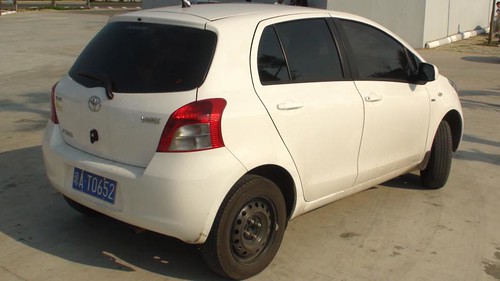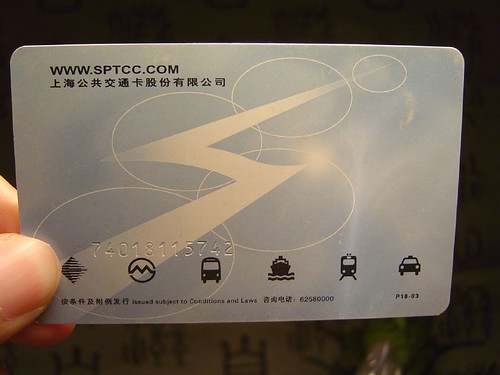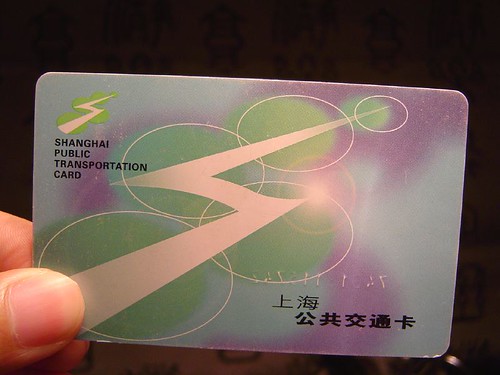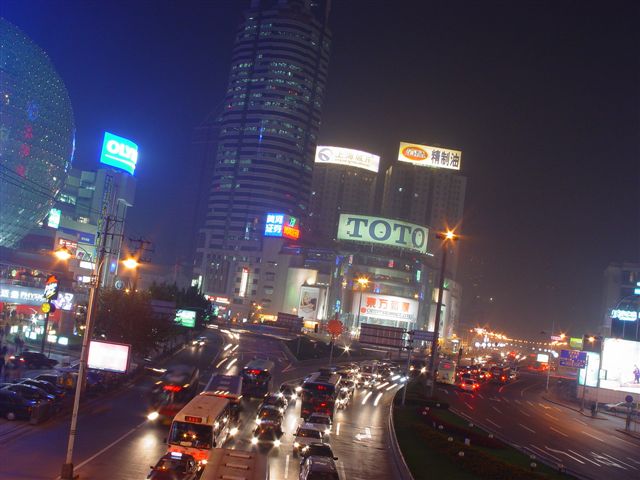Today, the last day of my May holiday, I received an email from a friend asking me about my opinion on traffic in Shanghai. He is very smart and sensitive to small details. He shared a lot of great observation he had in Shanghai. To answer the emails, let me post my thinking in a blog.
Traffic Rules
Many foreigners observed the traffic rules do not work as it would in Shanghai. It is true.
Any country and city need to learn to get used to modern traffic, and must have the right hardware (lights, lines on roads) to support that. Most importantly, people need time to be educated about the rules.
Shanghai definitely does not perform well in terms of traffic rules, but I think it is the natural steps to get used to a car-centric world. Most pedestrians do not drive, and don’t know how it feels to sit at the driver’s seat. I believe my walking behavior changes before and after I learnt to drive – I start to really understand how dangerous to cross the road randomly or walk on the road at night (when lightening condition is not good).
Also, I would say, Shanghai is one of the best cities in terms of traffic rule enforcement. This may be surprising for many people, but for me, it is true. In many cities I visited myself, there are even astonishing things. For example, on the expressway of Xi’an to Tongchuan, or from Luoyang to Zhengzhou, buses stop on the lane to pickup passengers waiting on the road. Cow and horse carts run on the same expressway, while cars passing by at 120 km/hour or faster. In Xianyang, car drivers like to drive above the double-solid yellow lines, or most of the time, on the road to another direction. Right light is never respected. Cars come and go as if red light never exist. I would say, when the society is not transformed from bicycle-centric to car-centric, all these are acceptable. I am optimistic to say, the traffic rules will be better in the future or with the new generation growing up.
Traffic Assistants Help or Not
In Shanghai, at major cross streets, there are traffic assistant helping to keep the order in Shanghai. It works. As I discussed in my previous articles, people in China traditionally respect human-to-human relationship instead of human-to-rule relationship. Some people standing there helps to keep away from the red light.
Advice to New Drivers?
For people new to Shanghai, I don’t suggest him/her to drive at all. Shanghai’s public transportation is good enough, and you don’t need to waste time on the downtown road. To live in Pudong is another story – it is something like west U.S., where roads are wide, and traffic is less.
Radio Stations on Traffic Report
There is dedicate radio station on real time traffic report in Shanghai. It is Shanghai Traffic Radio, at AM 648. As a matter of fact, the advertisement price for traffic radio is among the highest in all radio stations in Shanghai, because the target audience are thought to be richer. There is no traffic helicopters or anything like that in Shanghai.
Road Guides at City Entrance
There are many road guides at the major entrance to the city from expressway. They just wait at the toll station, and show a big plate saying “Road Guide 带路”. They are picked up to give directions. It is the same in Hangzhou.
In the recent years, many people living in Shanghai visit Hangzhou by car, and people from other regions visit Shanghai. They have no idea about road at all. The road system in Shanghai is too complicated with so many single-direction roads, and new roads. Map does not help at all, since the road is changing all the time. First time drivers may try to drive to the destination by themselves, but for the second time, many will choose the road guide, because it is cheaper than the fine ticket policeman gave, and save one or two hours. It is the same for people entering Hangzhou. I didn’t used one yet.
They are called “Zhiye Dailu” 职业带路人 or professional road guides. According to this report, they charge 20 – 30 RMB per guide, and sometimes in good seasons, they can provide service to 7-8 cars.
However, it is explicitly illegal for them to provide the service.
In Shanghai toll gates, free road guide service is provided to drivers, that people can ask for directions there. However, I doubt without a real person on board, it is too easily to get lost in Shanghai.
Small Incidents
In Shanghai, when small incidents happens, many people will argue and attract many passengers to gather and watch.
In the recent two years, there are regulations and guidelines issued to help solve this problem. When it is clear who is responsible to the accident, the regulation requires both parties to leave the street, especially elevated highways, as quick as possible, and call policeman. Policeman is required to arrive within 5 minutes in downtown, 8 minutes outside outer ring, and deal with the incident within the next 15 minutes. That means, from small incidents to both parties can go, it should be within 20 to 23 minutes.
I never heard of the insurance cards in LAX.
Who is Responsible?
The regulations changes from year to year. Once, there are rules in other cities that when car hit pedestrian, if it is pedestrian’s fault, the car drivers don’t need to be responsible for that. Recently, the rules changed back to the original version: If cars hit people, no matter whose fault it is, car drivers will be punished. The difference is, if it is the car driver’s fault, the punishment is more severe.
Drivers are required to stop or slow down before pedestrians. I applause for this new enforcement of laws.




